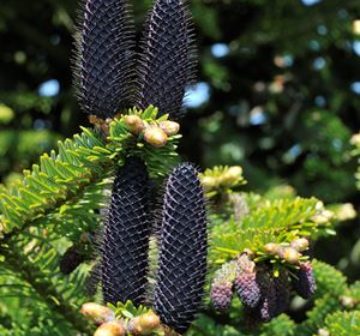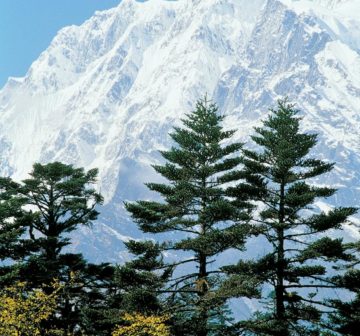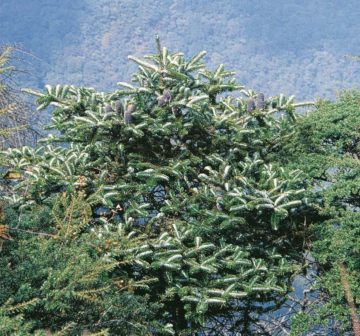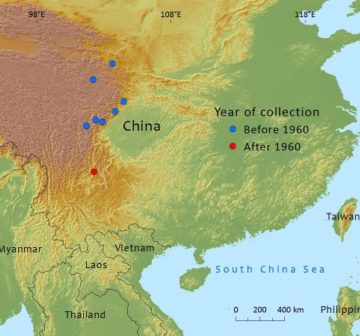Categories · Threats
Acid rain
Scientists first discovered acid rain as early as 1852, since when through industralization, increased amounts of sulfur dioxide and nitrogen oxides, the primary causes of acid rain, have been released into the atmosphere. Symptoms include slowed growth of forest trees, foliage turning brown and dropping off and in extreme cases individual trees or entire tracts of forest die.
Acid rain does not normally kill trees directly, other debilitating factors such as air pollutants, insects, disease, drought, or very cold weather contribute. There are also natural causes such as fires, volcanic eruptions, bacterial decomposition, and lightening also greatly increase the amount of nitrogen oxide on the planet. However, even the catastrophic eruption of Mt. St. Helens in 1980 only released about the same amount of nitrogen oxide that one coal power plant emits in a year. Evergreen conifers are most effected because the needles are exposed to acid rain all year around and those species which occur in high mountanous regions are particularly vulnerable as they are often exposed to acidic clouds and fog that are more acidic than rainfall.
There are 5 taxa in the category – Pollution, Acid rain:






